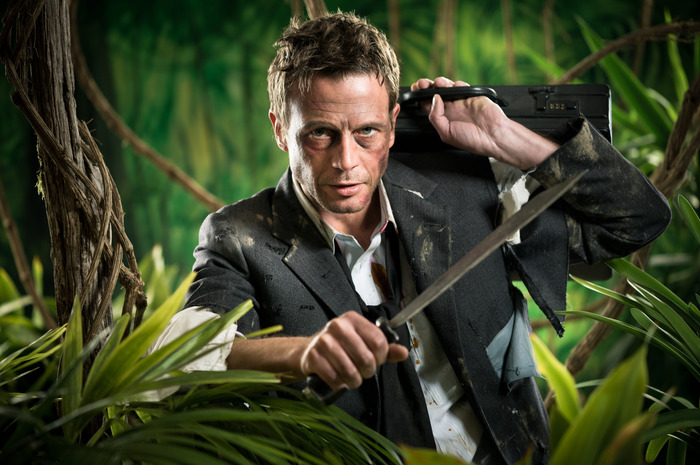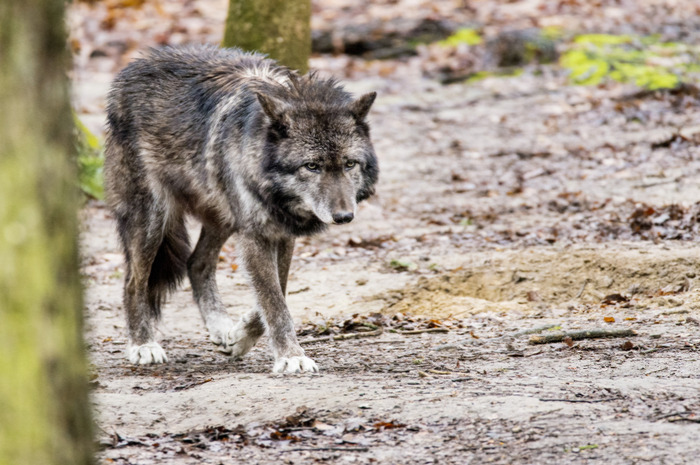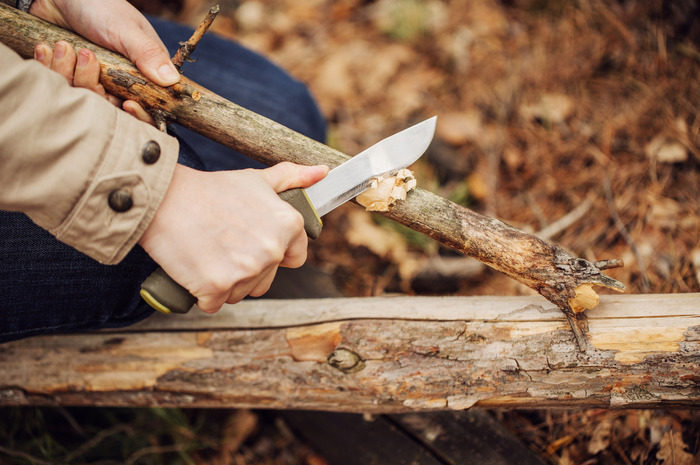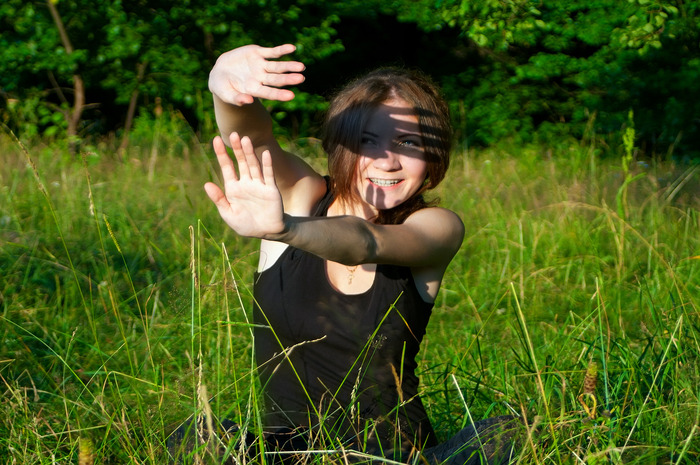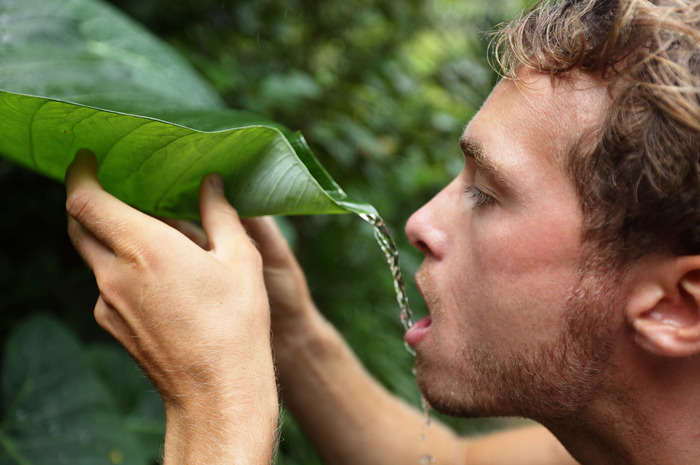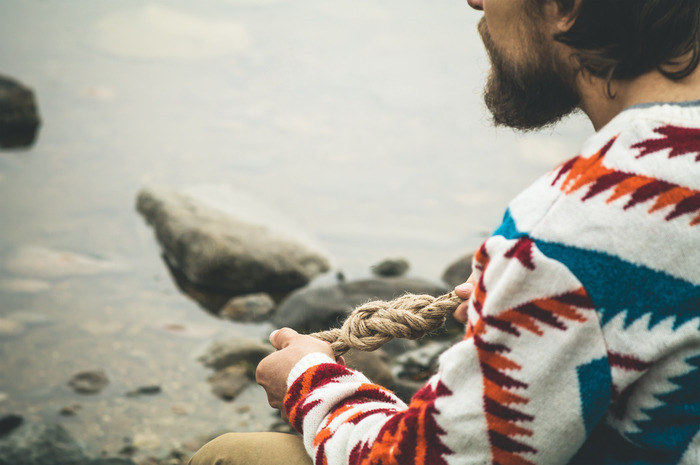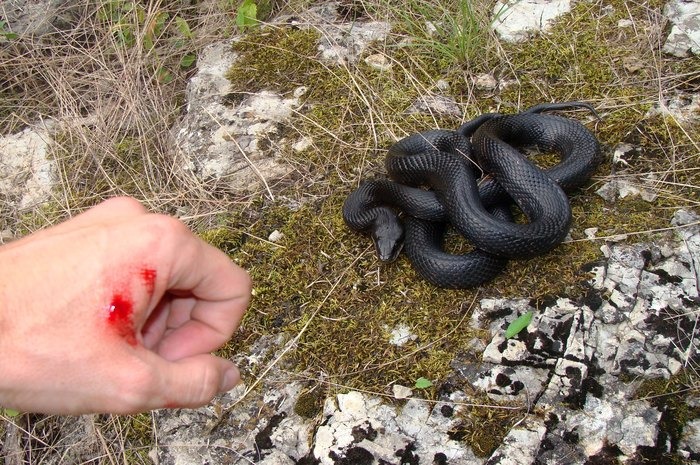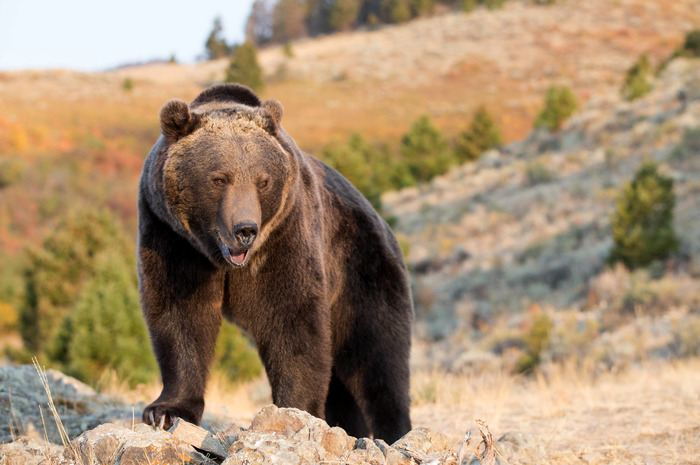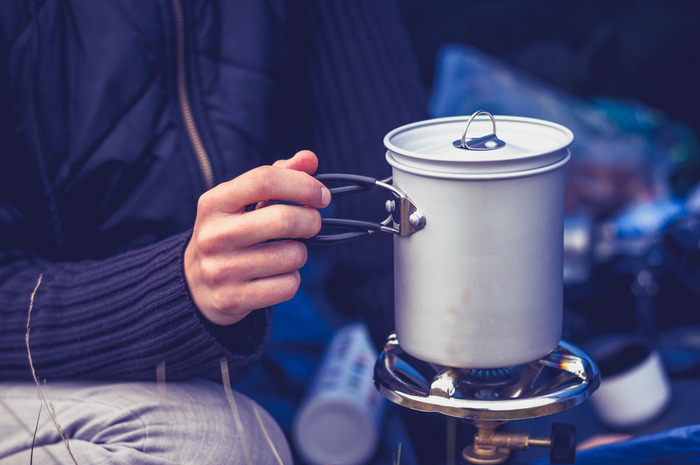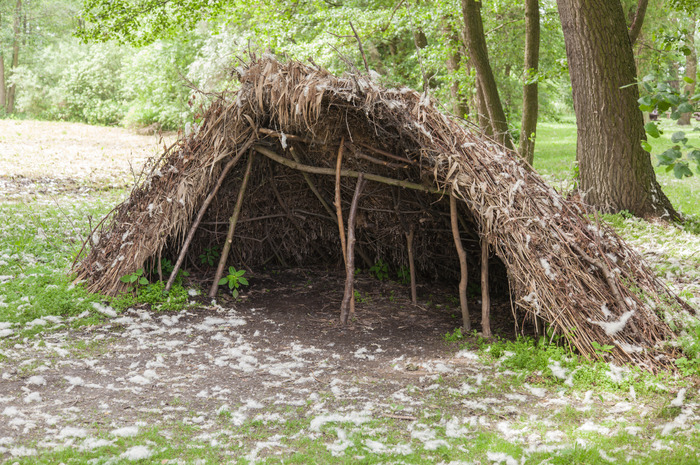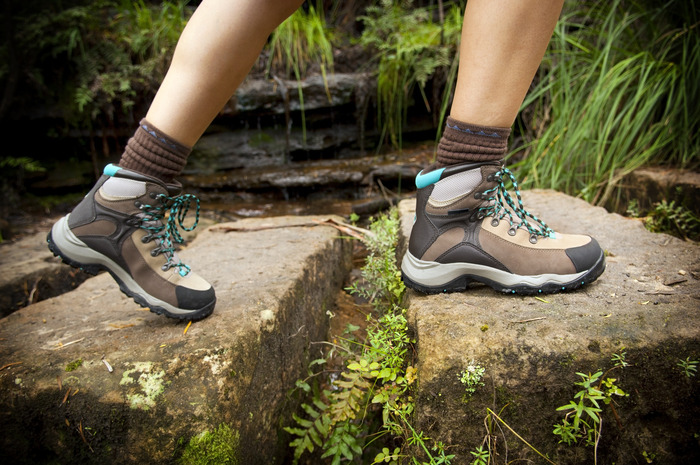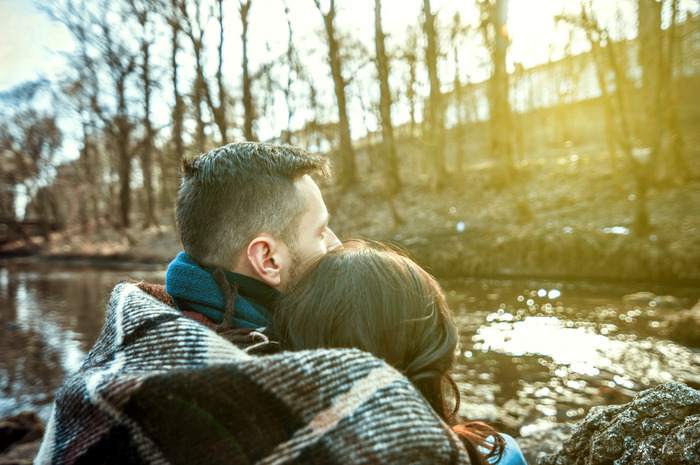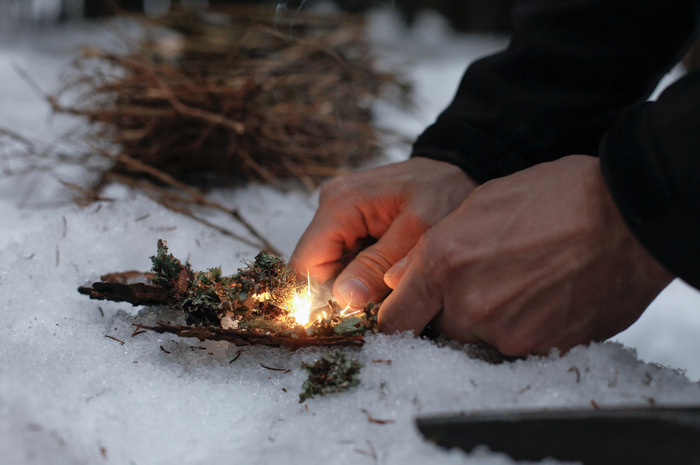15 Survival Skills Everyone Needs To Know
You're stranded in the woods, your phone is dead, your GPS is not working and your compass is broken. There is much to do – find shelter to stay dry, start a fire to keep warm, and hide food so bears won't come. But you don't have time for all of that because the sun is setting and soon you won't be able to see anything. How are you going to get be safe?
Don’t run away
Running away really isn't a good option, Scott Heffield, Bear Gryllls Survival School resident expert, who has been on shows such as ITV's Mission Survive, says. "Most preditors are far faster and more agile than humans." Your best bet is to hold your ground and then slowly back away. However, if you get a chance to get away, it's important to not leave a trace. Zigzag your way out to confuse whoever is after you.
Take a knife
A tool you should always have that will allow you to escape is a knife. "I carry a knife at all times in the backcountry and even on climbing trips," Heffield says. "If you take nothing else, 'take a knife and save a life,'" he adds. Another option is a razor. It's small and can be easily concealed. It can be helpful to free you of many restraints.
Train the SPEAR System way
This is an effective self-defense technique that Heffield teaches his students. "I really like the SPEAR system used by Tony Blauer. It uses a flinch response system and a conversion from the flinch response to attack," he says. "You don't need to be highly skilled and it is super effective," he adds. It's all about having a heightened level of awareness which is really important in the backcountry. "If you read the warning and danger signs and you think imminent attack is likely, always strike first."
Get out of the sun, wind and rain
These are the basics, Heffield says, that should always be followed if you're in a dire situation. Get out of the sun to stay cool and hydrated for longer, keep covered to prevent evaporative sweat loss. If you have to move, do it in the mornings when it's chillier. Stay out of the wind and rain to prevent hypothermia – the body's temperature is too low and you lose heat faster than it can be replaced. You may feel tired, weak, clumsy, and confused.
Don’t look for food first
You can survive three weeks without food but only around three days without water, Heffield says. "Every time you come across water, drink, fill, carry. When you feel thirsty, you are already dehydrated," he adds. Know your PRWF's: "Please Remember What's First" which is Protection, Rescue, Water and Food – this is the order of priority when in an extreme environment, according to Heffield.
Train to fight
A good workout for getting fit and strong in case you have to fight an attacker is daily 30-minute power sessions. "They are great," Heffield says. "A mixture of cardiovascular workouts and resistance training is key." However, remember, if you need to win the fight as quickly as you can, you will probably only fight at 100 percent for about 30 seconds.
Work out in conditions stimulating fighting scenario
Punch bags are good, Heffield says. Working out by hitting boxing pads is better. "Better still is padded suit work so that you can actually emulate a real fight."
Keep it simple
Essential skills for survival that people should really master include learning basic knife skills like cutting, chopping and splitting. "Learn some basic knots i.e. bowline, clove hitch, slip knot [and] learn to navigate without a compass." It can break or you can lose it. Know how to read the sun, how to use a sun stick, trees and plants, whose growth and shape is influenced by the sun and wind, to find direction.
About snake bite wounds
Sucking the venom from a snake bite wound is great in the old Wild West but to really treat the wound, you have to dress it, consider applying indirect pressure and get medical assistance as quickly as possible, according to Heffield. "Try to take the dead snake with you or at least try and remember what is looked like for ID purposes."
If a bear is around
It depends on the bear, but, for the most part, you have to stand still and try not to look threatening, Heffield says. Back away slowly and avoid eye contact. Also, you can bring a bear spray, not cook where you sleep, store food out of reach such as on trees.
Boiled water is not always safe
Keeping a rolling boil going for 10 minutes should kill everything, he adds. "However, make sure it's filtered as well first. Know how to clean water the right way. Running water is always best if collecting in the wild, he adds. Items that can serve as filter are towels or shirts. Chemically contaminated water and stagnant dirty water won't be safe if only boiled.
The best shelter doesn’t always have a roof
Finding a shelter in the ground, as opposed to having a roof, is better. "In snow, snow holes, in the woods under trees and foliage," Heffield says. "But the important thing is to get out of the elements and always remember insulation." It's better to have a bed to protect you from the cold ground and no roof than a roof and no bed.
Simple items that can save your life
Tampons can help to start a fire by pulling it apart and messing up the cotton fibers and condoms for carrying water are good items to have, Heffield says. Mobile phone batteries (creating a short between the positive and negative terminals to cause a spark) and shoe laces will help start fires too. You can also use socks as gloves, water filters or to dress a wound; put rocks in them and you have a weapon. Bandanas are good for protection from the sun and to keep your head warm when there is a chill; garbage bags are also a great way to stay warm.
Know the realistic threats
"Here's the truth," Dr. Gregory A. Miller, president of the American Hiking Society, says. "Most hikers, even experienced ones, spend too much time and energy worrying about the scary but low percentage threats like bears, mountain lions and poisonous snakes (granted, in some areas these are real threats, but...) and not enough time concerning themselves with the dull but common dangers like germs, blisters and hypothermia." Dramatic changes in weather when not prepared for it, water crossings when you can't swim or have the skills/equipment to cross safely, and overdependence on technology to save the day are far-greater concerns, he adds.
Starting a fire is not that easy
Friction won't work if you are in a damp environment. To be on the safe side, always carry stormproof matches, a spark-rod, and a lighter. Know the wind direction and the surrounding area. You can use eyeglasses by spitting on the lens and using the lens to angle the sun at a pile of kindling. You can also use a bottle of water by focusing the sun's rays through the water so that it creates a single point of heat.
